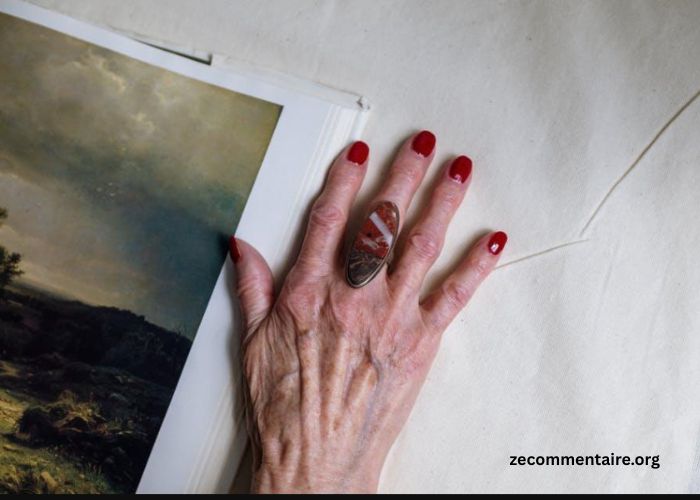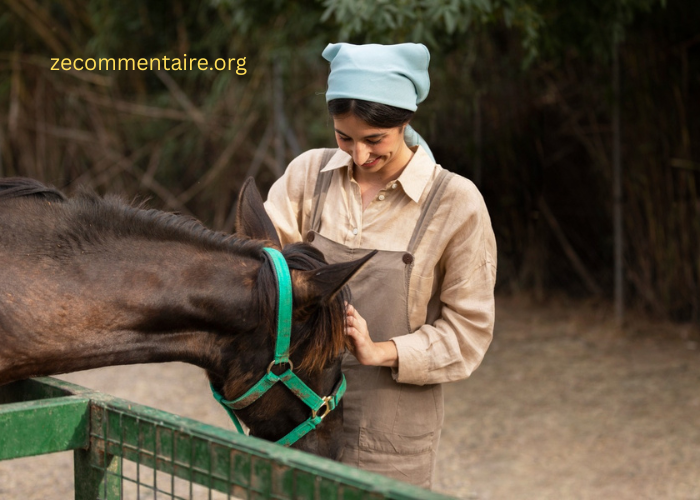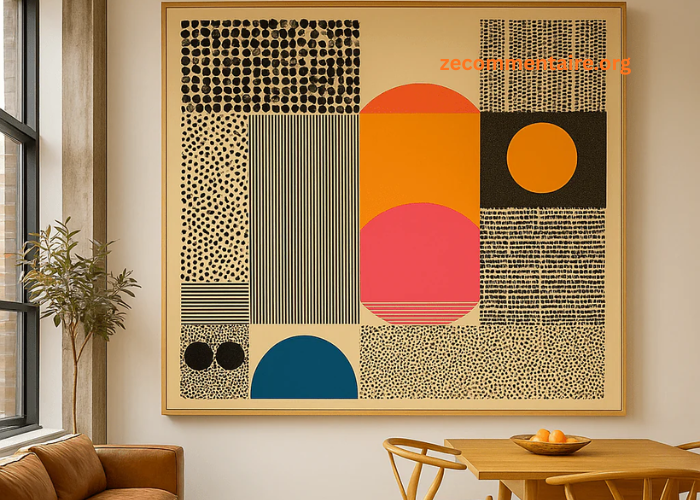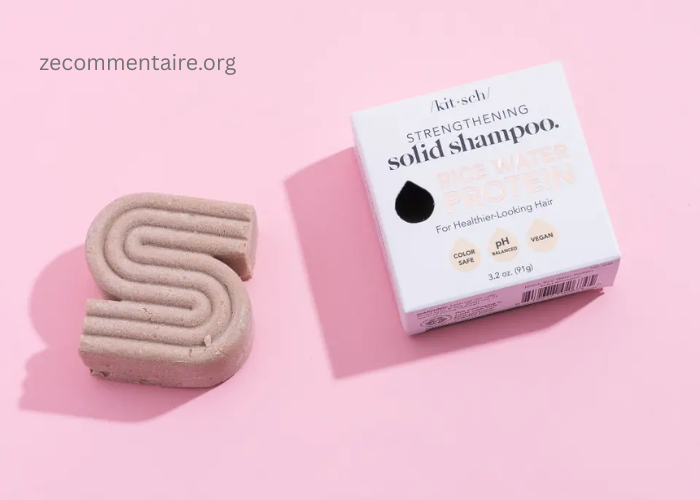Varicose veins are swollen, twisted veins you can see under the skin.
They often appear on the legs and feet. These veins happen when blood doesn’t flow properly and starts to pool. They might just look unpleasant, but they can also cause pain, swelling, and tired legs. Some people feel heaviness or itching too. Anyone can get them, but they’re more common in women and older adults.
Wondering if you have varicose veins or what to do about them? Keep reading to learn the causes, symptoms, and how to treat them!
Understanding Varicose Veins
Understanding varicose veins is the first step to taking care of your leg health. These are swollen, twisted veins that usually appear on the legs. They happen when blood doesn’t flow properly and starts to collect in the veins.
Varicose veins can cause pain, heaviness, or swelling in your legs. Some people may only see them, while others feel discomfort. Knowing the causes, like standing too long or family history, can help prevent them. With simple care or medical help, you can treat them and feel better.
How to Manage Symptoms at Home
Managing varicose vein symptoms at home is simple and effective. One of the best ways is to elevate your legs whenever you can. This helps improve blood flow and reduces swelling. Wearing compression stockings can also provide support and reduce pain.
Getting regular exercise, like walking, helps keep blood flowing properly. Avoid standing or sitting for long periods, and try to move around every hour. These easy habits can make a big difference in how your legs feel and help manage varicose vein symptoms.
What Causes Varicose Veins?
Varicose veins happen when the valves in your veins don’t work properly. These valves help blood flow in the right direction, but when they weaken, blood can pool in the veins. This causes the veins to swell and twist.
There are several factors that can cause varicose veins. Aging, pregnancy, being overweight, or standing for long periods can all increase the risk. Genetics also play a role, as varicose veins tend to run in families.
Early Signs You Shouldn’t Ignore
Early signs of varicose veins are easy to spot. You may notice veins that look swollen, twisted, or dark in color. Your legs might feel heavy or tired, especially after standing for long periods. Swelling in the feet or ankles can also be a sign.
If you experience itching, burning, or cramping near the veins, don’t ignore it. These symptoms could get worse over time if left untreated. If you notice any of these signs, it’s a good idea to talk to a doctor.
Treatment Options That Work
There are several treatment options for varicose veins that can help reduce symptoms. One common option is sclerotherapy, where a solution is injected into the vein to make it collapse. Another treatment is laser therapy, which uses light to close the vein.
If you’re looking for more advanced options, you can discover advanced vein treatments at West Medical. These treatments can help improve your leg health and comfort. Be sure to consult with a doctor to find the best solution for you.
Learn More About Varicose Veins
Varicose veins are common, but they don’t have to take over your life. By understanding the causes, spotting the symptoms early, and knowing your treatment options, you can manage them with ease.
Simple changes like moving more, wearing compression socks, and getting help when needed can make a big difference.
Looking for more tips and ideas? We’ve got you covered. Check out some of our other posts now.





